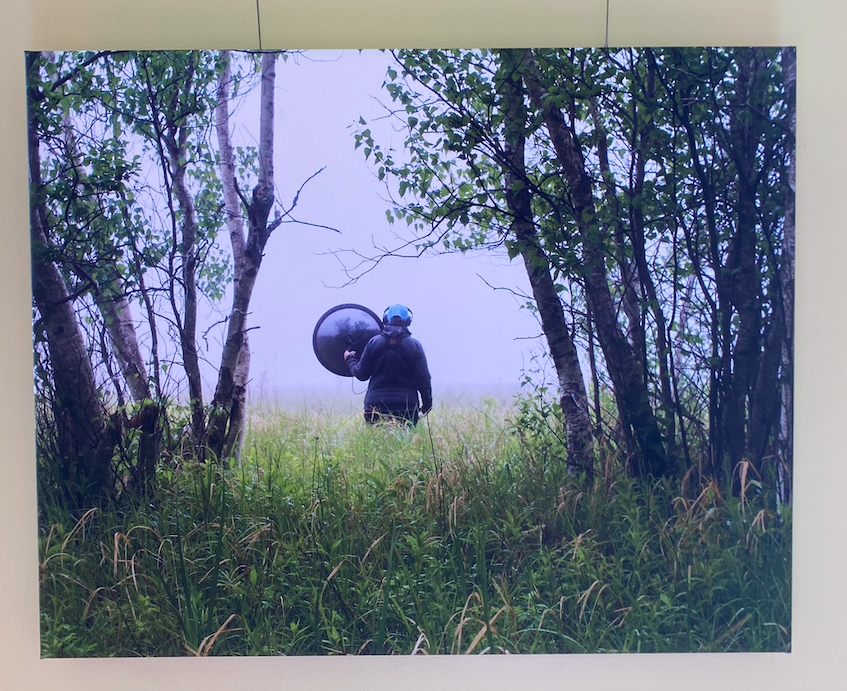At the end of a long, narrow hallway in Emory University’s Schwartz Center for Performing Arts, a series of brightly lit, rectangular windows illuminates a red-carpeted balcony. Eight canvas photographs hang along the wall, accompanied by contextual descriptions of health-related crises.
This installation presents winners of the Global Health Student Photography Contest, an annual competition held by Emory Global Health Institute. Winners receive $500 and the opportunity to display their photography. Robert Yellowlees, an Atlanta-based philanthropist and founder of the Lumiere Gallery, one of the largest photo galleries in the country, sponsors the competition. Entries hail from across the globe, with last year’s winners spanning from Yosemite, Calif. to Tanzania to Nicaragua. The photos, while generally focused on the intricacies of lone environments or communities, suggest a world that is shockingly vast and interconnected when placed together.
Photographs include young children eagerly participating in health-related coloring activities and an empty office in a Kenyan tuberculosis clinic. While some images are nearly impossible to decipher without context, such as a bird’s-eye view of land fragments in a body of water, others are less abstract, such as a child holding a spoonful of peanut butter with what looks like a vitamin gummy on top. While the former may serve to remind us of our duty to protect a world that is far larger than us, the latter tugs at our heartstrings and reveals how much we have to be grateful for.
A stunning silhouette of a woman walking in the desert under a burnt-orange sky is my personal favorite from the collection. The intense orange emanating from the setting sun casts a deep shadow on the desert, and the hint of a city skyline in the background suggests that the subject is undergoing a pilgrimage.

(Samuel Temple/Contributing Writer)
The photographs strike a fragile emotional balance between heartening and heartbreaking. For example, an image of a barefoot young child smiling while being taught to use a stethoscope is both adorable and troubling. These images remind the viewer of both the genuine good of humanity as well as the lack of reliable health care throughout much of the world. On the other hand, a close-up of a mosquito captured through a microscope showcases the technical knowledge medical professionals utilize regarding disease prevention and agriculture.
The gallery emphasizes not only human impact on health care but also our reliance on nature. An image of a female naturalist holding a parabolic microphone to record birdcalls in a foggy field or a close-up of an immature okra plant in pesticide-free soil stresses our reliance on the natural world. A photo of a neon sign for a Lebanese suicide hotline touts the line “talking saves lives” in two languages, further emphasizing the global need for love and connection. Juxtaposing the human struggle with that of environmental misuse, the gallery urges the preservation of our communities and, in turn, of the Earth.

(Photograph by Catherine Yimeng Wang)
According to Emory Global Health Institute, the contest aims to “nurture cultural sensitivity” and “create awareness of global health challenges.” The gallery represents both facets of this mission statement well, illustrating the daunting variety of global health challenges while also providing a glimpse into the admirable efforts of those dedicated to fighting for international well-being.
Tucked away by the Goizueta Business School in the Schwartz Center for Performing Arts, the gallery deserves an audience as my fellow students who were able to capture these moments of kindness and stewardship thoroughly impressed me. I exited the exhibition both impressed and touched by the work of health care professionals around the world. I will be on the lookout for next year’s competition winners and expect another stirring exposition.






